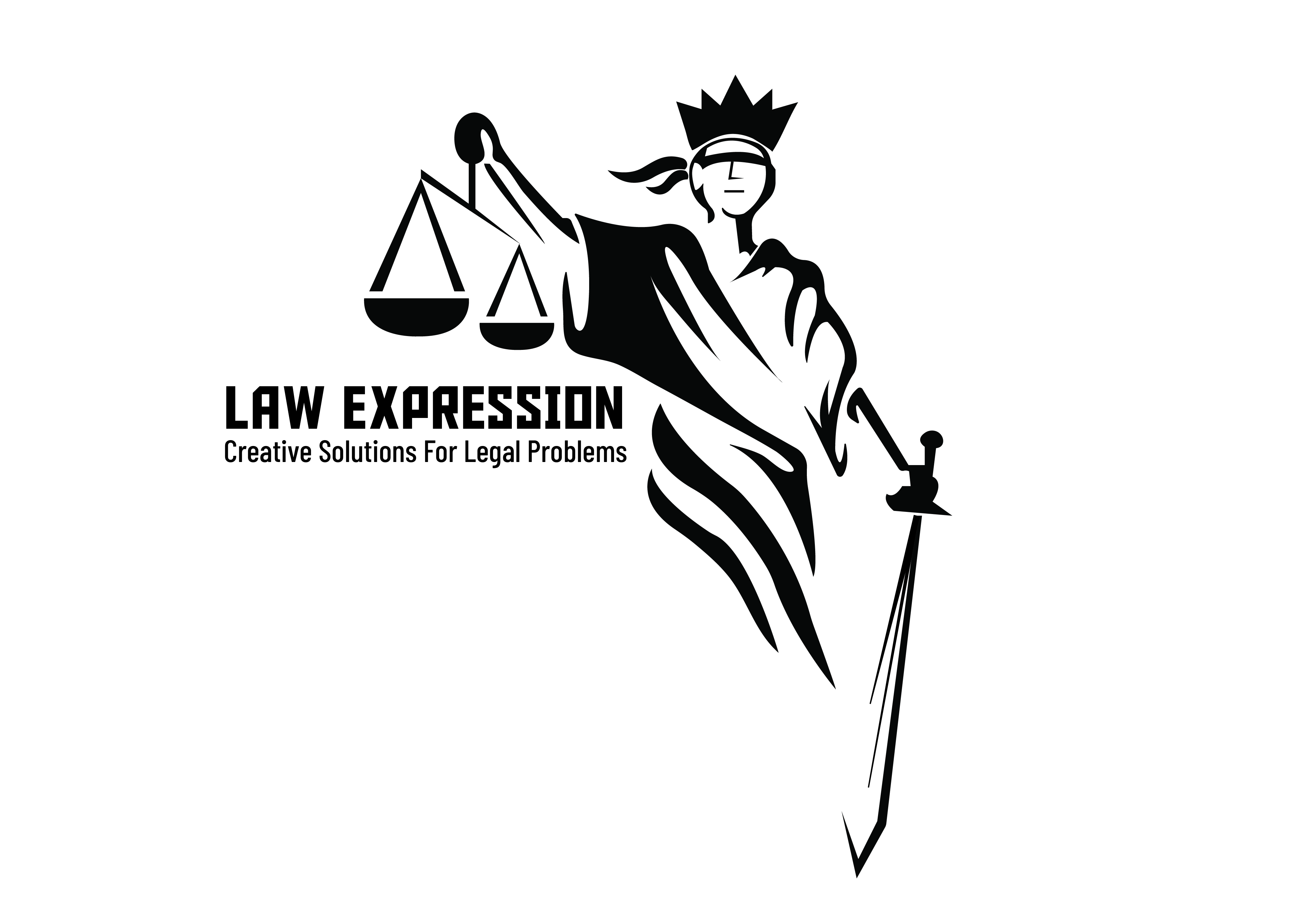Can you Sue a Business for Emotional Distress?
Emotional distress is a deeply personal experience that has gained an increased recognition within the legal landscape. In this article, we will therefore discuss the question: Can You Sue a Business for Emotional Distress?
Emotional distress is sometimes referred to as “mental anguish” or “psychological harm”. It encapsulates a range of emotional and psychological responses to distressing events. It is generally a state of suffering that can manifest as anxiety, depression, fear, and other emotional responses to traumatic or distressing situations. Oftentimes, these emotional wounds can be as painful as physical injuries.
Emotional distress is not limited to personal relationships or accidents. It can also appear in the complex world of business. In the business landscape, interactions between employees, customers, partners, and competitors can sometimes lead to emotional harm. Workplace harassment, consumer dissatisfaction, contract disputes, and allegations of business misconduct are just a few examples of situations where emotional distress claims may come to the fore.
Understanding Emotional Distress Claims
Emotional distress claims revolve around the idea that someone has suffered significant emotional or psychological harm due to the actions or negligence of another party. These claims recognize that emotional pain and suffering are real, tangible consequences of certain situations, just like physical injuries.
Emotional distress claims come in a couple of forms:
- Negligent Infliction of Emotional Distress (NIED): This occurs when someone unintentionally causes emotional harm due to their negligence. For instance, if a business’s negligence leads to a customer witnessing a traumatic event, resulting in emotional distress, they may have a valid NIED claim.
- Intentional Infliction of Emotional Distress (IIED): Here, the emotional harm is intentionally caused by outrageous or extreme conduct. In the business world, this might involve situations where a business deliberately inflicts emotional distress on an individual, such as through harassment or discrimination.
Elements of a Successful Emotional Distress Claim
To succeed in an emotional distress claim, certain key elements must be present:
- Proof of Emotional Harm: First and foremost, the claimant must demonstrate that they have indeed suffered emotional harm. This often involves providing evidence of symptoms like anxiety, depression, or sleep disturbances and may require testimony from mental health professionals.
- Causation: It’s not enough to show emotional harm; there must be a direct link between the actions of the defendant (the business) and the emotional distress suffered. In legal terms, this is known as proving causation.
- Duty of Care: Depending on the circumstances, the business may owe a duty of care to the claimant. For instance, employers have a duty to provide a safe and harassment-free workplace, and businesses have a duty to ensure their products are safe for consumers.
- Breach of Duty: To make a case, it’s necessary to demonstrate that the business breached its duty of care. This could involve, for example, a failure to address workplace harassment or knowingly selling a faulty product.
Damages in Emotional Distress Claims
If a claim is successful, the court may award various types of damages, including compensation for:
- Medical expenses: Covering therapy or counseling expenses incurred due to the emotional distress.
- Lost wages: If the emotional distress resulted in the claimant missing work or losing their job.
- Pain and suffering: Compensating for the emotional pain, anguish, and suffering experienced.
- Punitive damages: In some cases, the court may impose punitive damages to punish the defendant for particularly egregious conduct.
Emotional Distress in a Business Context
Let’s take a look at some real-world scenarios where emotional distress can appear in the landscape of business.
Common Scenarios Where Emotional Distress Can Arise in Business:
- Workplace Harassment and Discrimination: One of the most common instances of emotional distress in the business realm is workplace harassment and discrimination. When employees face discriminatory treatment, hostile work environments, or other forms of mistreatment, it can lead to significant emotional harm.
- Consumer Experiences: From defective products and fraudulent business practices to false advertising, consumers often find themselves in situations where their trust has been violated. This can result in emotional distress due to the financial and emotional toll such experiences can take.
- Contract Disputes: Business relationships can sour, leading to disputes over contracts, partnerships, or agreements. These disputes can cause substantial emotional distress as financial interests and professional reputations hang in the balance.
- Business Torts: Instances of business defamation, interference with contracts, or unfair competition can also trigger emotional distress. When a business intentionally inflicts harm on another, it can lead to emotional turmoil and potentially warrant legal action.
Examples Illustrating Emotional Distress Claims in Business
To understand the gravity of emotional distress in business, here are some case examples:
- Workplace Harassment: An employee endures consistent harassment from colleagues based on their gender. The emotional toll results in severe anxiety and depression, affecting not only their work performance but also their overall quality of life.
- Consumer Fraud: A company knowingly sells a product with false claims about its safety, causing physical harm to consumers. Beyond physical injuries, these consumers also experience emotional distress due to their trust being violated.
- Contract Dispute: Two business partners who have invested significant time and resources into a joint venture find themselves embroiled in a bitter contract dispute. The emotional stress of the legal battle takes a toll on their mental well-being.
- Business Defamation: A competitor spreads false rumors about a rival business’s financial instability. As a result, the targeted business owner suffers emotional distress, fearing the potential harm to their reputation and livelihood.
Suing a Business for Emotional Distress
Let’s have a closer look at what happens when someone decides to take legal action against a business due to emotional distress.
Who Can Sue a Business for Emotional Distress?
- Employees: If you’re an employee who has experienced emotional distress due to workplace harassment, discrimination, or unsafe working conditions, you may have grounds to sue your employer.
- Consumers or Clients: If you’ve been harmed emotionally due to a business’s actions or products—such as fraud, negligence, or breach of contract—you might have a legitimate claim.
- Business Partners and Competitors: In the world of business, emotional distress can also affect partners and competitors. If you’ve suffered emotional harm due to unfair competition, defamation, or interference with your business, you could have a case against the responsible party.
Steps to Consider When Contemplating a Lawsuit
Opting for legal steps for emotional distress is a significant decision. Here are some important steps to keep in mind:
- Seeking Legal Advice: Consult with an experienced attorney specializing in personal injury or business law. They can evaluate your situation, explain the legal options available, and help you navigate the complexities of your case.
- Gathering Evidence: Building a strong case requires evidence. This may include medical records, witness testimonies, emails, text messages, or any documentation related to the distressing incidents.
- Attempting Alternative Dispute Resolution (ADR): Before going to court, consider alternative dispute resolution methods such as mediation or arbitration. These can often lead to quicker and less costly resolutions.
Filing a Lawsuit Against a Business
If you decide to proceed with a lawsuit, several critical considerations come into play:
- Choosing the Appropriate Legal Theory: Depending on the circumstances, you’ll need to determine the most relevant legal theory for your case. This could involve negligence, intentional torts, or breach of contract, among others.
- Determining Jurisdiction and Venue: Understanding where to file your lawsuit is essential. This typically involves selecting the appropriate jurisdiction (the court system) and venue (the specific court location) based on legal requirements and practical considerations.
- Statute of Limitations Considerations: Each type of claim has a specific time limit within which it can be filed. Ensure you file your lawsuit within the statute of limitations to avoid your case being dismissed.
- The Role of Legal Representation: Enlisting the services of a competent attorney who specializes in your type of case is crucial. They’ll guide you through the legal process, advocate on your behalf, and help you present the strongest possible case.
Defenses and Challenges in Emotional Distress Lawsuits
If you make emotional distress claims against businesses, it’s important to anticipate the defenses and challenges you might encounter. Here are some common strategies businesses employ to defend themselves against such claims and how plaintiffs can counter these defenses.
Common Defenses Businesses May Use
- Lack of Emotional Harm: A primary defense often centers on disputing the existence or severity of emotional distress. Businesses may argue that the plaintiff has not provided sufficient evidence of emotional harm, attempting to undermine the validity of the claim.
- No Duty of Care Owed: Businesses might assert that they did not owe a duty of care to the plaintiff in the specific situation. For instance, in a negligence claim, they could argue that they were not responsible for the emotional well-being of the plaintiff.
- Absence of Causation: Establishing a direct link between the actions of the business and the emotional distress suffered by the plaintiff can be challenging. Businesses may contend that their actions or negligence did not directly cause the emotional harm in question.
Counterarguments and Strategies for Plaintiffs
To overcome these defenses and challenges, plaintiffs and their legal representatives can employ various strategies:
- Establishing a Strong Case: The key to a successful emotional distress claim lies in comprehensive documentation and strong evidence. Plaintiffs should collect medical records, witness statements, and any other relevant documents that substantiate their emotional distress.
- Demonstrating Business Negligence or Intentional Misconduct: Plaintiffs can strengthen their case by providing clear evidence of the business’s negligence or intentional misconduct. This could include proving that the business was aware of the potential harm they were causing or that they failed to take reasonable steps to prevent emotional distress.
- Expert Testimony: Expert witnesses, such as psychologists or psychiatrists, can provide professional opinions on the plaintiff’s emotional distress and its causation. Their testimony can carry significant weight in court.
- Consistency in Testimony: Plaintiffs should ensure consistency in their testimony and statements throughout the legal proceedings. Any contradictions or discrepancies can be exploited by the defense.
- Engaging in Discovery: The discovery process allows both parties to gather information and evidence from each other. Plaintiffs should be proactive in seeking relevant documents and information from the business, which can help support their case.
- Alternative Dispute Resolution (ADR): Consider engaging in mediation or arbitration to resolve the dispute without going to trial. This can be a faster and more cost-effective way to reach a resolution.
Settlements and Outcomes
Let’s take a closer look at what happens after the emotional distress lawsuit is initiated—how parties may reach a resolution, and the potential outcomes for both plaintiffs and businesses in such legal battles.
Factors Influencing Settlements
Settlements often represent a common conclusion to emotional distress lawsuit and various factors come into play during this negotiation phase:
- Strength of the Case: The strength of the plaintiff’s case and the evidence they have can significantly influence the settlement amount. A strong case may incentivize the business to offer a more substantial settlement to avoid the uncertainties of a trial.
- Business Interests: The business’s financial situation, reputation, and desire to avoid negative publicity can drive them toward a settlement. A protracted legal battle can be damaging to a company’s image and costly in terms of legal fees.
- Cost-Benefit Analysis: Both parties weigh the costs associated with continuing litigation against the potential outcomes. If settling is more cost-effective than going to trial, it becomes an attractive option.
- Insurance Coverage: The availability and terms of insurance coverage can impact settlement negotiations. If the business has liability insurance, their insurer may play a role in negotiations.
- Emotional Toll: For the plaintiff, the emotional toll of prolonged litigation can be a significant consideration. Settling may provide closure and relief from the stress of the legal process.
Potential Outcomes of Emotional Distress Lawsuits
Emotional distress lawsuits can conclude in various ways and each have different implications:
- Monetary Compensation: If the case is settled or decided in favor of the plaintiff, the most common outcome is monetary compensation. This may cover medical expenses, lost wages, and damages for pain and suffering.
- Injunctive Relief: In some cases, the court may issue injunctive relief such as restraining orders or specific directives to prevent further emotional distress. This is more common in cases involving ongoing harassment or discrimination.
- Repercussions for the Business: A legal victory for the plaintiff can result in consequences for the business beyond financial damages. This may include changes in business practices, compliance with anti-discrimination laws, or reputational damage.
- No Recovery: Not all emotional distress lawsuits result in a favorable outcome for the plaintiff. The court may find that the plaintiff failed to meet the burden of proof, leading to no recovery.
It’s important to note that each emotional distress lawsuit is unique and outcomes can vary widely based on the specific circumstances, the strength of the evidence, and the legal arguments presented. While monetary compensation is a common objective, the broader implications of such lawsuits can extend beyond financial restitution and impact the behavior and practices of businesses and individuals involved.






